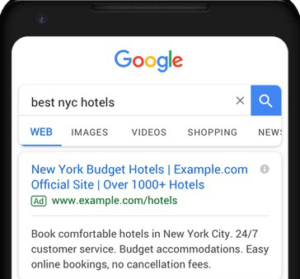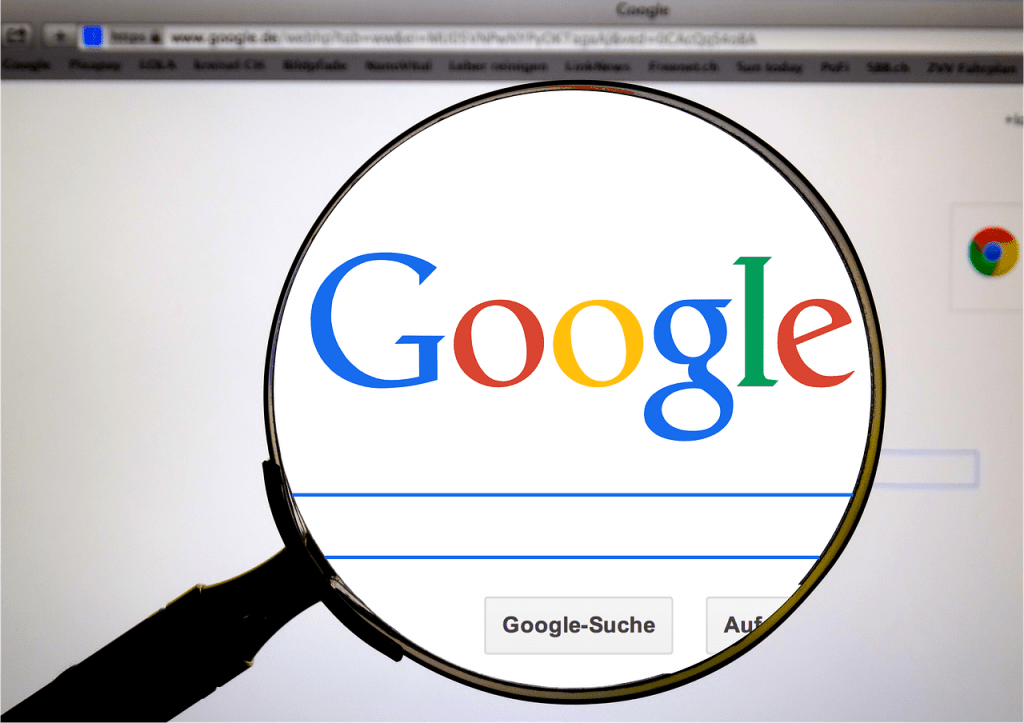| This site is reader-supported. If you click on some of our links, we may receive a commission at no cost to you. [Disclosure] |
Many people utilize pay-per-click advertising when promoting their businesses. Banners or small ads are placed on other websites, search engine home pages with the aim of increasing business to their own sites.
Every time a prospective consumer clicks on the banner or ad, they are rerouted to the website. Depending on the audience you are trying to reach, it could be an effective way to advertise.
 Not every person who browses the web will click on those ads. Pay-per-click advertising can be high risk.
Not every person who browses the web will click on those ads. Pay-per-click advertising can be high risk.
Furthermore, it can cost more cash than you’re willing to spend for marketing.
How Does Pay-Per-Click Advertising Work
When someone utilizes pay-per-click marketing, they have to determine the number of consumers they anticipate will click on the ad for that month. The funds are paid in advance to the search engine that is providing the advertisement slot.
Based on the cost per click, once the funds are used up, the ad stops running. Let’s say the cost per click is three dollars, and the potential clicks are 300. That means the amount paid for that ad would be nine hundred dollars.
 Pay-per-click advertising requires some guesswork in the beginning. Although three dollars per click may not sound like much, it quickly adds up over the course of say twenty or thirty ads.
Pay-per-click advertising requires some guesswork in the beginning. Although three dollars per click may not sound like much, it quickly adds up over the course of say twenty or thirty ads.
This form of advertising is effective when marketing to those who take pleasure in clicking on ads. Keep in mind though that not every click will result in the desired outcome … like making a purchase.
When implementing a Pay-per-click campaign, a huge concern is placing the full message a marketer wishes to communicate into the minimal layout provided by the search engines.
Nevertheless, by observing each area in more detail, online marketers can modify their process, and regard ad copywriting as a formula for strategic marketing.
Let’s take a closer look at the fundamental parts of a pay-per-click advertisement.
The Headline
The beginning of the ad is the headline. The main goal of the headline is to draw attention to the ad.
Essentially, if no one pays attention to the headline,  they will most likely not read beyond that. Google puts keywords that match between the search request and ad copy in bold text.
they will most likely not read beyond that. Google puts keywords that match between the search request and ad copy in bold text.
This is one way to highlight the ad’s message. However, more creative material can be just as powerful even when it is not bolded.
The Description
The next portion in the ad is the top line of the description. Its objective is to direct attention to the benefits and features. As well as the unique selling points of the company or product/service. This could be longer than the headline and must motivate the searcher to keep checking out the ad.
Incorporating punctuation at the end of the first line will make it more noticeable. Especially if it appears in the first or second position of the sponsored search results.
The 3rd section of the ad contains the 2nd line of description. This area must concentrate primarily on the call to action following the benefits stated in the first line. Utilizing an exclamation point is usually a great concept. As the primary objective is to encourage the searcher to click the ad if they discover its message appropriate to their search.
Display URL

Lastly, every ad shown must contain a display URL. The display URL does not need to be the same as the landing page URL connected to the site.
The root domain must be the same but not the landing page. Use this as a chance to emphasize the marketing message, instead of just relating details regarding the website alone.
There are a variety of various ad copy solutions that could be adopted for efficient marketing messages. A few are noted below.
Captivating Headline > Quality > Benefit > Display URL
Captivating Headline > Advantage > Call to Action > Display URL
Captivating Headline > Unique Selling Point > Call to Action > Display URL
One last thing to note is that it can be quite informative to use this model to examine competitors’ ads by separating them into individual parts.
Oftentimes, marketers tend to focus solely on the advantages and calls to action. Meanwhile, overlooking a suitable headline and barely using the display URL to its optimal capacity.
Make sure to perform relevant analysis by researching your keywords and split testing your offers. Make every dollar count and you will succeed with paid traffic for your affiliate marketing enterprise.





